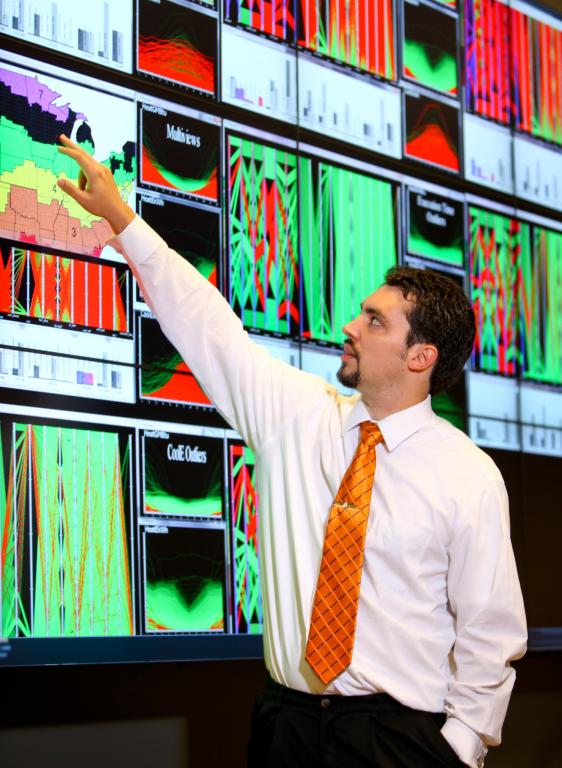
ORNL’s building energy efficiency researchers have access to some of the most powerful supercomputing, visualization, and analytics tools in the world. ORNL hosts a 20 pet- a op, 299K core, 710 terabyte memory Cray supercomputer (Titan, the world’s fastest nonclassified system), as well as several others. Researchers can analyze and visualize their data using EVEREST, a 35 million pixel, 30×10 ft visualization wall at ORNL or the 16-million-pixel display wall within the Transportation Research and Visualization Laboratory (TRAVL) at ORNL’s National Transportation Research Center.
Roof Savings Calculator
The Roof Savings Calculator was developed as an industry-consensus roof savings calculator for commercial and residential buildings using whole-building energy simulations.
Foundation Design Handbook
This handbook provides information that enables designers, builders, and homeowners to understand foundation design problems and solutions.
Cool Roof Calculator
Estimates Cooling and Heating Savings for Flat Roofs with Non-Black Surfaces
Insulation Fact Sheet
Heating and cooling account for 50-70% of the energy used in the average American home. Inadequate insulation and air leakage are leading causes of energy waste in most homes.
Autotune
Autotune automatically calibrates models to building energy use data.
DOE Steep Slope Calculator
DOE Steep Slope Calculator estimates cooling and heating savings for residential roofs with non-black surfaces.
Whole Wall Thermal Performance Calculator
This paper describes results from both steady-state and dynamic hot box tests.
Heat Pump Design Model (Mark 7 Version)
Supports prototype research, product development, and limited alternative refrigerant evaluation for air-source vapor-compression-based equipment and appliances. The Mark 7 version is the standard fixed speed heat pump configuration with a single indoor unit.
Heat Pump Design Model (Flex Version)
Supports prototype research, product development, and alternative refrigerant evaluation for vapor-compression-based equipment and appliances. The flexible version can handle a range of units with multiple speeds for space conditioning, water heating, and refrigeration applications.
Thermal Performance and Wall Rating
This paper proposes for consideration as a nationally accepted consensus methodology a procedure for estimating the whole opaque wall R-value (whole-wall R-value), independent of system type and construction materials.
Automatic Building Energy Modeling (AutoBEM)
Offers a flexible and dependable framework for estimating building energy demand across a vast majority of buildings in the United States. These demand profiles can be utilized for building energy modeling analysis or converted into simulated historical building energy consumption to validate predictions.

